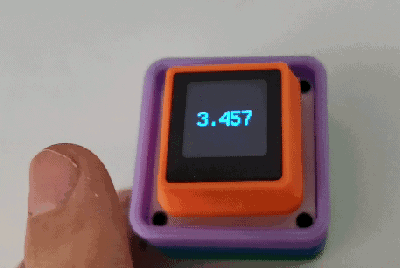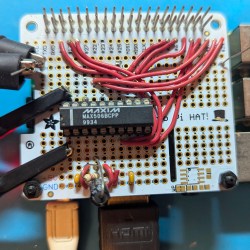If you’re thinking about building a single tiny game or even a platform, you might be tempted to use a single button for everything. Such is the case with [Alex]’s Salsa ONE minimalist game console, which is inspired by both the Arduboy and the ergonomics of the SanDisk Sansa music player.
With Salsa ONE, [Alex] aimed to make something that is both simple and challenging. The result is something that, awesomely enough, doesn’t need a PCB, and can be comfortably controlled with just one thumb. There isn’t much to this thing, which is essentially an RP2040, an OLED, a vibration motor, a buzzer, a button, and a CR2032 coin cell. [Alex] chose to program Salsa ONE in MicroPython. Be sure to check it out in action in the brief demo after the break.
Have you got an idea for a tiny game? Don’t hesitate to enter the 2024 Tiny Games Contest! You have until September 10th, so head on over to Hackaday.io and get started today.
Continue reading “2024 Tiny Games Contest: Salsa One Handheld Requires No PCB”



















